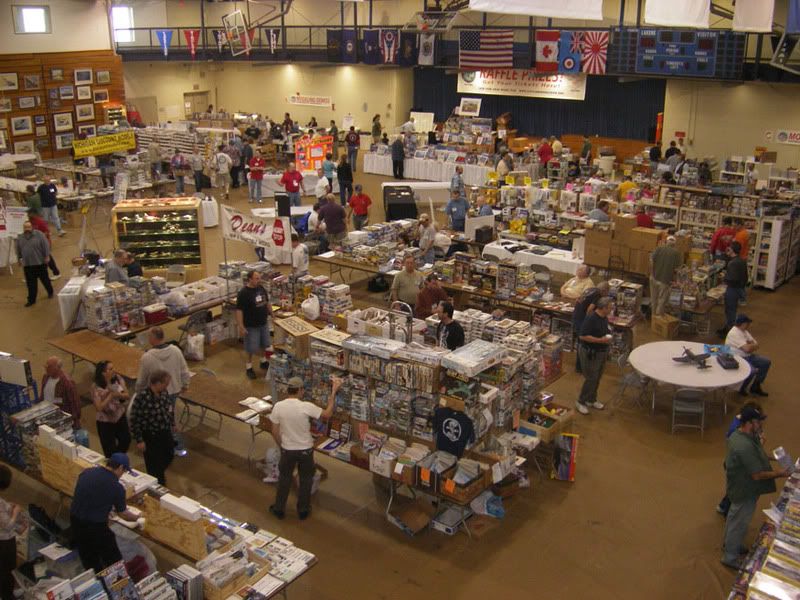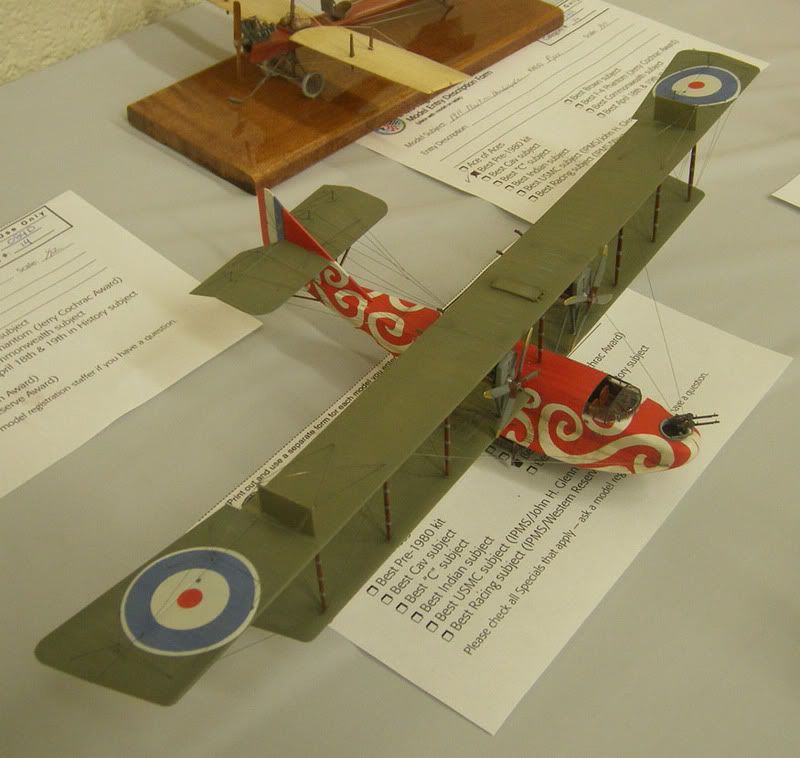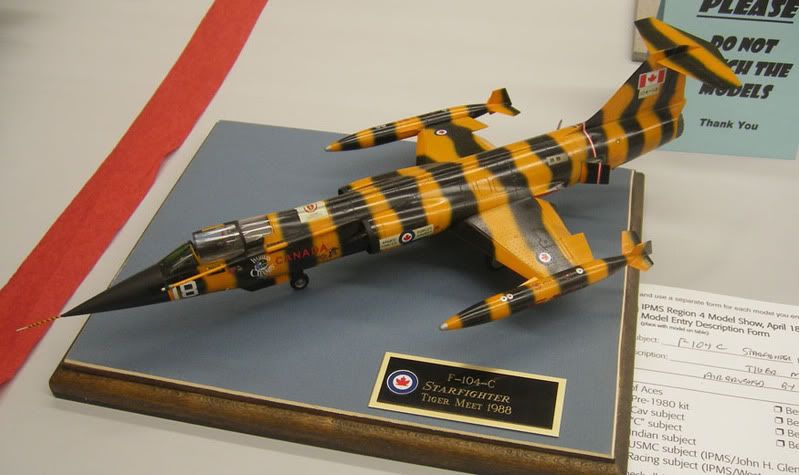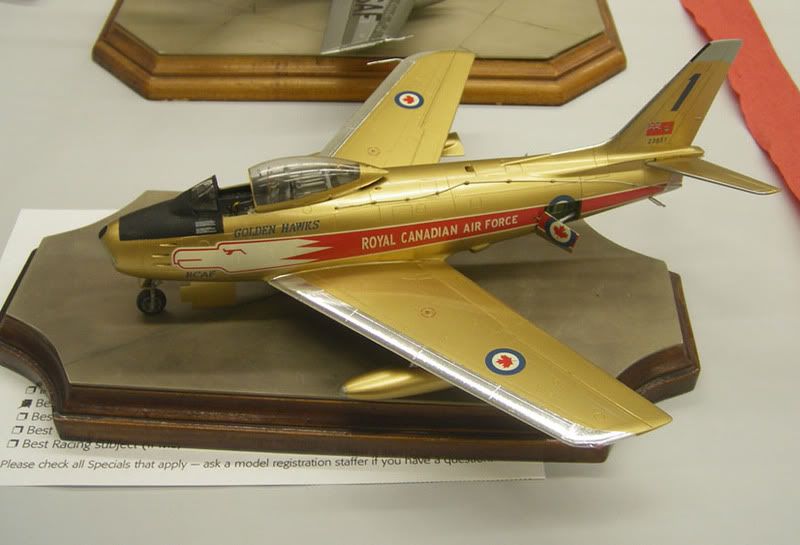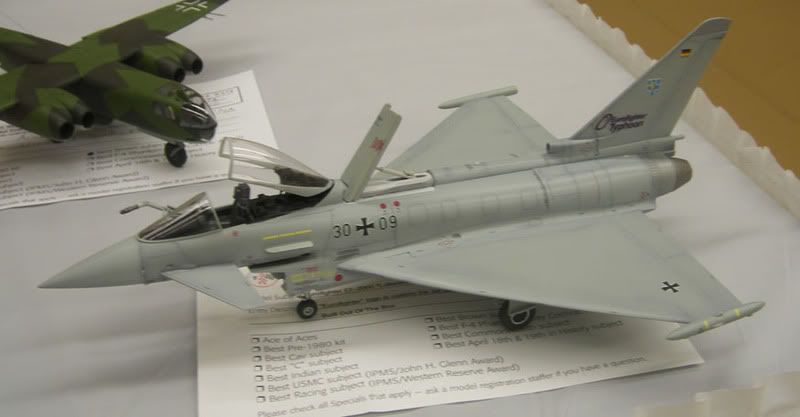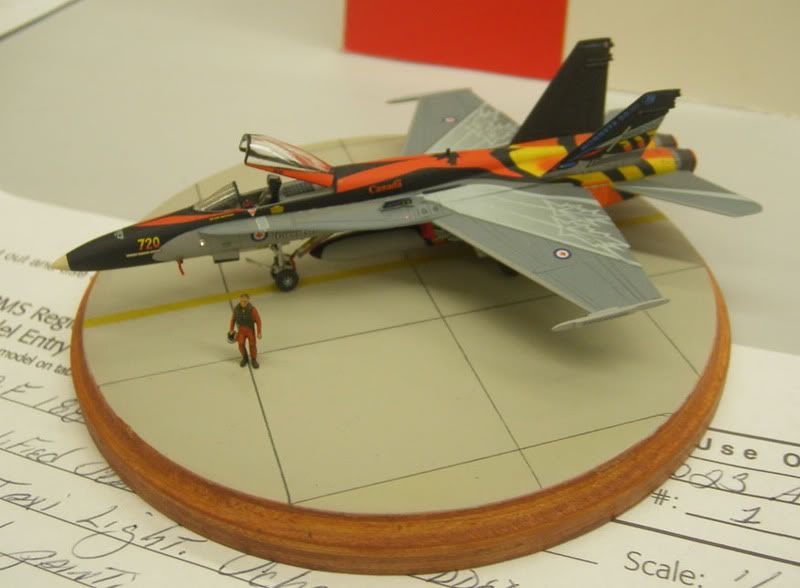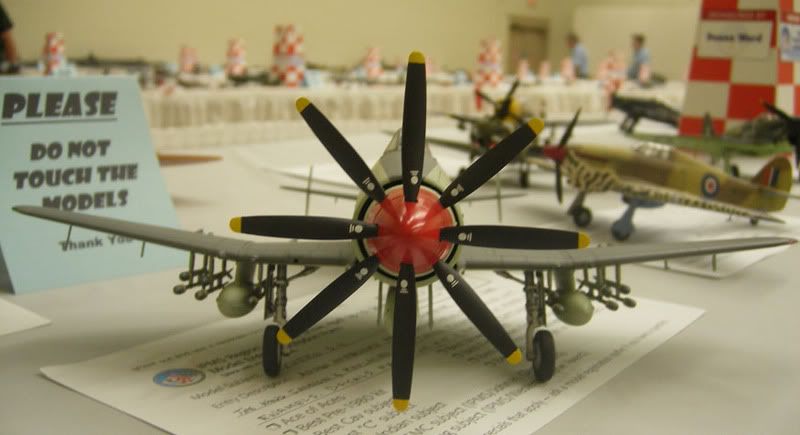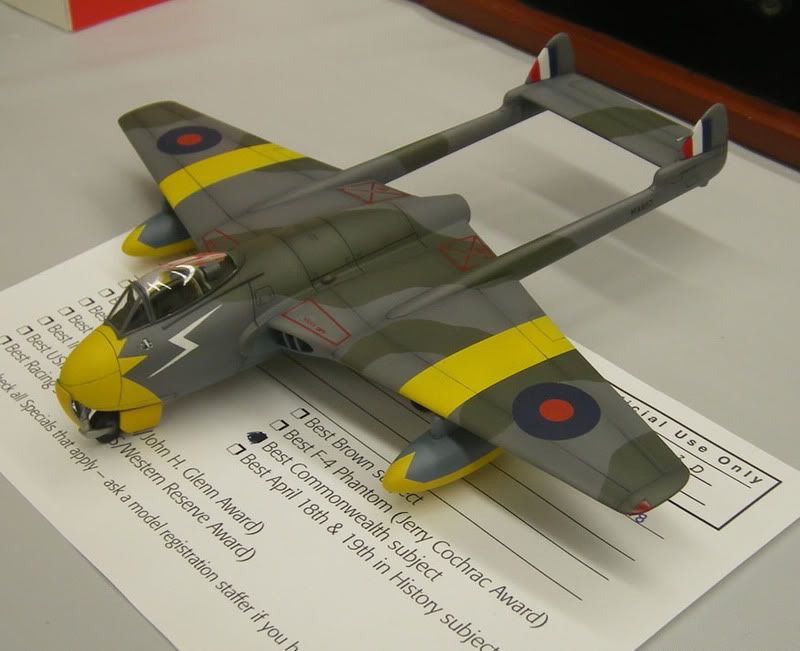
I've always been fascinated by the Martin B-26 Marauder and why it is probably the most overlooked U.S. built bomber of World War Two. Recently I have been researching the RAF use of the B-26 and it is quite frustrating as their is very little information available. Therefore, I ordered this book by French author Phil Listemann right after I heard it was available. Never having seen anything from this author and publisher before I had no idea what to expect. Would it be a homemade style self-published book? Would it have new-to-me material? I was curious, and well it was about the RAF use of the Marauder...
I need not have worried. This is an excellent, professionally published booklet. It is a 56 page softbound booklet similar to those published by Ventura Publications. Everything is to the highest production standard, there is nothing homemade about this book.
The book opens with a short history of the B-26 and operation of the B-26A by the USAAC. It then shifts to RAF operations of the Marauder I and the history of 14 Squadron's use of the type. I was surprised to learn that 14 Squadron operated some USAAC B-26B as attrition replacements for aircraft lost in combat. The rest of the book consists of charts of operations use, Marauder bases, Marauder claims, Marauder loses, an operation record of each Marauder I with serial tie-ups, and a Roll of Honor of crews lost flying Marauders. The text of the book is interspaced with many photographs of Marauders and Marauder crews, profile drawings, and a map. Most of the photographs are new too me and clearly they are the highlight of the book. The colour profiles are well done and illustrate Marauders in both the olive drab/neutral grey scheme and the Dark Earth/Mid Stone over Azure Blue scheme.
I have only two complaints with the book and they are very very minor. The first is that it only covers the Marauder I. I hope someday we will see similar books on the Marauder II and the Marauder III. The second complaint is that the book doesn't feature much information on a unique Marauder I that I have been researching. It is Marauder I FK115 "Hellzapoppin" which was used in Canada as a fast transport by 45 Group. I ran across a photo of this airplane in bare metal a few years ago and have been fascinated by it ever since. I am always on the lookout for more information about this airplane...so if anyone has any...e-mail me.
This is an excellent book and is highly recommended to the Marauder fan.
For more information on how to order the book visit the publisher's website at http://www.raf-in-combat.com/.
P.S.: For more fascinating 14 Squadron Marauder photos see the
14 Squadron Association website.

